I went to Yucatan state in Mexico over the New Year holiday. We engaged in all the usual touristic activities, from visiting the amazing Mayan ruins at Uxmal, Chichen Itza, and other lesser-known archeological sites to beaches, cenotes (sinkholes with clear turquoise waters), haciendas, and remarkable wildlife, especially birds. While we were seldom far from a car or modern life, the combination of entering 2012 and being amidst both centuries-old Spanish colonial towns and even more ancient Mayan cities, made it easier to feel the longer stream of history we too are floating in.
Here in Northern California the New Age hype is already at fever pitch for the Mayan calendar’s prediction of the “end of the world” in 2012. But as we drove along country roads to long-abandoned cities of elegant stone towers, massive edifices that were apparently “apartment complexes,” and sophisticated systems of water management and interurban roadways, we came upon a surprising text in the local tourist magazine “Yucatan Today.” Anabell Castañeda writes that the Mayan prophecies do not predict an end of the world at all, but rather a “change of time:”
Not for a single moment have the Mayas feared the arrival of this date; on the contrary: the ancient Mayas have always told us to wait patiently for a change in consciousness and the evolution which that change will bring… Human beings don’t exist by chance or a work of fate, they are part of a plan to carry out a mission in this part of the universe. Nor is the world totally complete in its creation and perfection; mankind has a job to do on this planet and must be a part of its conservation. It could be said that life on planet Earth depends on humans and what we do during our existence… The Popol-Vuh is their book of advice and it tells us: “It is time for a new dawn and to finally complete the task.”
… within this long-awaited change, it is expected that there will be a reawakening of the Mayan world in all its complexity… We have an opportunity to experience a change of conscience which will help us to evolve as a species, protecting the natural resources which we need for our survival, and bringing about the long-awaited urgent social equity, finally understanding the importance of the human being in the universal order.”
It was charming and serendipitous to find such a prosaic interpretation of the much-cited Popol Vuh. In a way, Castañeda is placing the prophesied changes into the context of the political movements already underway, from the global efforts to put the brakes on chaotic climate change to the sweep of occupations from North Africa through the Middle East, to southern Europe and across the U.S. in 2011. Imagining the “Mayan world re-emerging in all its complexity” wasn’t so far-fetched while standing on the top of the ruins of Uxmal or Ek-Balam. In fact, Mayan life is quite present throughout Yucatan, albeit a relatively modern and Mexicanized Mayan life. (My neighbor David Miller, a practicing witch, just finished a rather different look at the Popol Vuh in “The Cosmic Ballgame” where he reads the myths and stories in it as the point of origin for cultural obsessions with sports and ball-playing!)
I was reminded of an excellent book I read many years ago, “Stolen Continents: The ‘New World’ Through Indian Eyes” by the Canadian writer Ronald Wright. He traces five great civilizations (the Iroquois, the Cherokees, the Aztecs, the Mayans, and the Incas), describing their first contact with Europeans, their centuries-long struggles to resist subjugation, and their remarkable re-emergence in the late 20th century. In fact, since the occupation of Alcatraz in 1969-1971, Indians in the U.S. have regained cultural pride, political initiative, and with the indigenous from around the world, a global treaty on the rights of indigenous peoples passed at the United Nations. The descendents of the Incan empire, a vast and highly sophisticated urban culture that spanned much of western South America (from today’s southern Colombia through Ecuador and Peru to northern Chile), have been making themselves felt in all the countries of the Andes.
While travelling in Yucatan I was reading an interesting book recently published by AK Press in Oakland, a translated work by a Uruguayan writer Raúl Zibechi (and ably translated by Ramor Ryan) called “Dispersing Power: Social Movements as Anti-State Forces”. It’s not a long book, only 140 pages, but as the double forewords from John Holloway and Benjamin Dangl emphasize, Zibechi’s look at the rebellions in Bolivia during the past decades is an incredibly important contribution to the wider political moment encompassed by everything from the Arab Spring to the Spanish Indignados to Occupy Oakland and the rest. Zibechi is well-versed in the broad shift to the left that has been unfolding across Latin America during the past two decades, and has been an important critic of that process—not from the right though, but from the point of view of the social movements that pushed the states across the continent to move leftward, and then found themselves isolated and marginalized as the old hierarchies and political parties institutionalized and defanged the movements themselves. Not in Bolivia though, and this is why this is such an important book.
The Aymara of the altiplano (the indigenous of Bolivia’s highlands) have managed to create social movements that remained active, creative, and resilient even after Evo Morales and his socialist party came to power in 2006. Moreover, the epicenter of their movement has been El Alto, a sprawling urban zone of several hundred thousand adjacent to the nation’s capital in La Paz. John Holloway (author of “Crack Capitalism” and “Change the World Without taking Power”) says it well in his foreword, juxtaposing the urban Bolivian movements to the rural, peasant-based Zapatista movement that inspired so many in the 1990s:
“The question for us who are not peasants is how we create an urban Zapatismo. How can we create autonomous, anti-capitalist, anti-state spaces or moments in the city? El Alto offers us many suggestions… The real forces for social change are not where they appear to be. They are not in the institutions or in the parties but in the daily contact between people, the daily weaving of social interactions that are not just necessary for survival but the basis of life.”
Zibechi traces the history of Bolivia back through earlier social upheavals based on the once-powerful tin miners, visiting the insurrections that arose in response to the privatization of water (by San Francisco-based Bechtel Corporation) in the city of Cochabamba in 2000, and the natural gas war that gave birth to new community (self-)organization in 2003 to refuse the multinational appropriation of Bolivia’s hydrocarbon wealth. With great understanding of the nuances of the Bolivian context, Zibechi shows how the community itself became a “machine of dispersal,” refusing centralization, refusing to allow its new-found powers to disappear into political parties, state-based patronage machines, or even into the organizations they built themselves at earlier moments. Insisting on recallable and rotating delegates they have developed social mechanisms where individuals “lead by following,” ensuring that power keeps devolving back to the grassroots.
The Occupy movements that swept the U.S. in fall 2001 instituted the General Assembly as the main decision-making institution, with its often ponderous inefficiencies and frustrating problems with people learning an entirely new way to do politics in the heat of the moment. The form, while new to many Americans, is far from new in history, and community assemblies were and are the bedrock of the Bolivian social movements that have kept even Morales’ government in a state of constant reaction. Zibechi’s book is a fantastic in-depth look at how they’ve done it, without overly romanticizing or distorting the actual histories he describes. To be sure, the Bolivians have not unburdened themselves of the crushing weight of the state and the world market. Zibechi traces the interaction between the forces of dispersion and liberation and those tendencies that move toward forms of the state, new dynamics of centralization and cooptation through representation. In Bolivia, like in New York, Oakland, and elsewhere, the process is unfolding and is far from settled. For those who are looking for inspiration, new ways to think about self-organization in urban contexts, “Dispersing Power” is an important book.
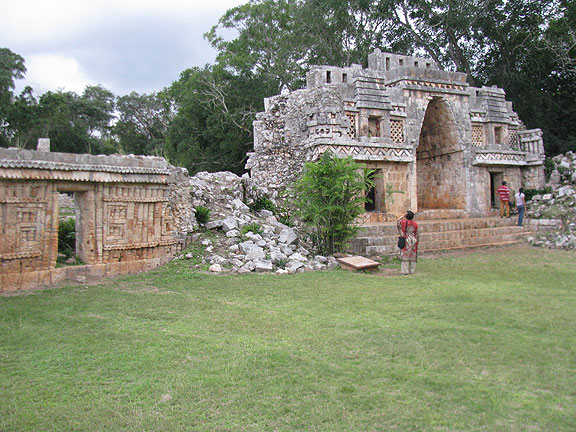
This iconic arch at Labna is used in a lot of tourist promotions. In a book called "The Lost Cities of the Mayans" the illustration above shows the same arch as it was just being dug out of deep jungle and soil.
By happy coincidence I was given for Xmas while in Mexico a beautiful big art book called “The Lost Cities of the Mayas,” which features the watercolors of Frederick Catherwood, an artist and lawyer who came to visit Yucatan and Central America in search of “lost cities” in the 1830s and 1840s. Published by Artes de Mexico in 1999 in a big 14”x10” hardbound format, the images Catherwood drew of Mayan ruins in the 1840s leap to life, most of the buildings in far worse shape than they are today, then still partially buried in dense jungle and beneath centuries of accumulated tropical soils. The Victorian romance of exploring and discovery obscures any self-awareness of empire, and was no antidote to the inevitable malaria that hit Catherwood and most of his contemporaries who arrived in those early days. Within a decade of his visit, the Mayans long descended from the builders of these incredible cities rose up against the colonizers and by the early 1880s had driven Spaniards and Mexican upper classes two walled cities at Campeche and Merida. The nearly unknown (to U.S. visitors) “Caste War” lasted for more than a half century and perhaps provides a foundation for future revolts of the Mayan peoples going forward.
Standing on ancient ruins in Yucatan reminded me of our temporality, the transience of civilizations, even ones which seem quite established and permanent. Perhaps someday someone will be standing on the flooded ruins of San Francisco’s Financial District ruminating in similar ways about the fleeting passage of our own strange claim to “civilization.”

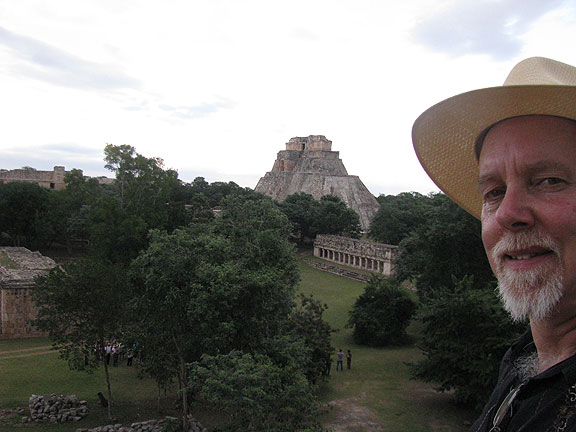
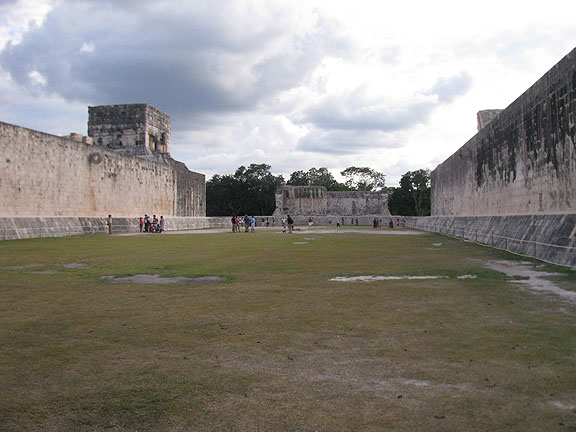
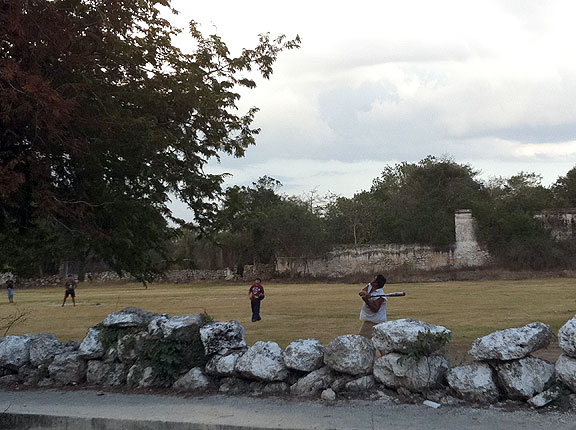
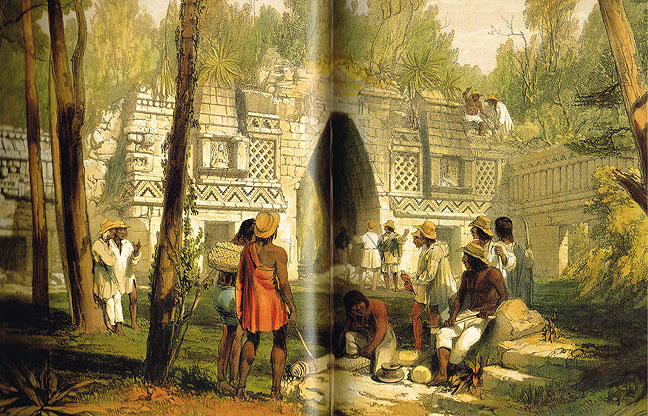
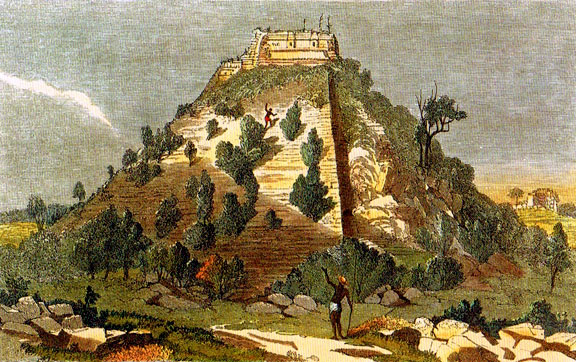
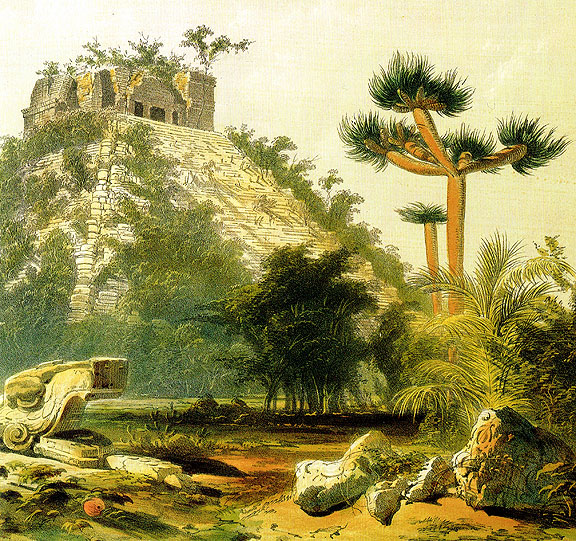
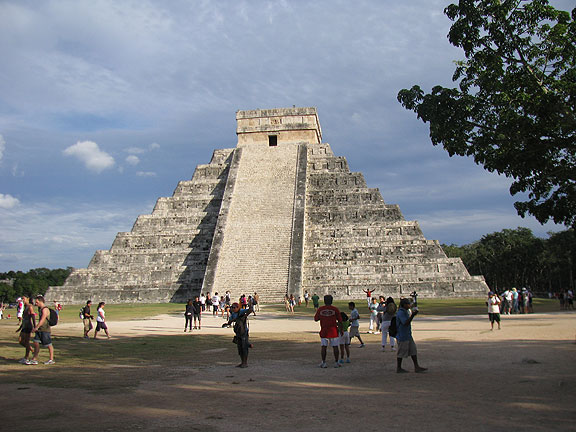
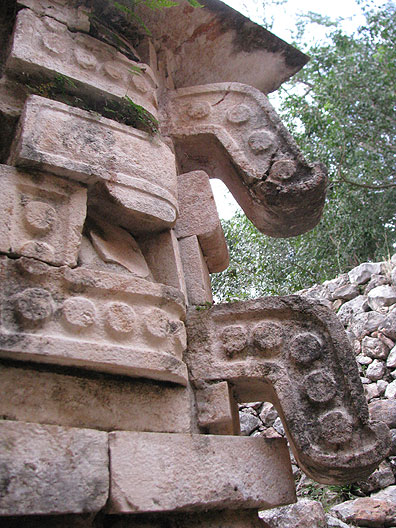











Leave a Reply